Home>Furniture & Design>Interior Design Trends>How To Insulate Sliding Glass Doors
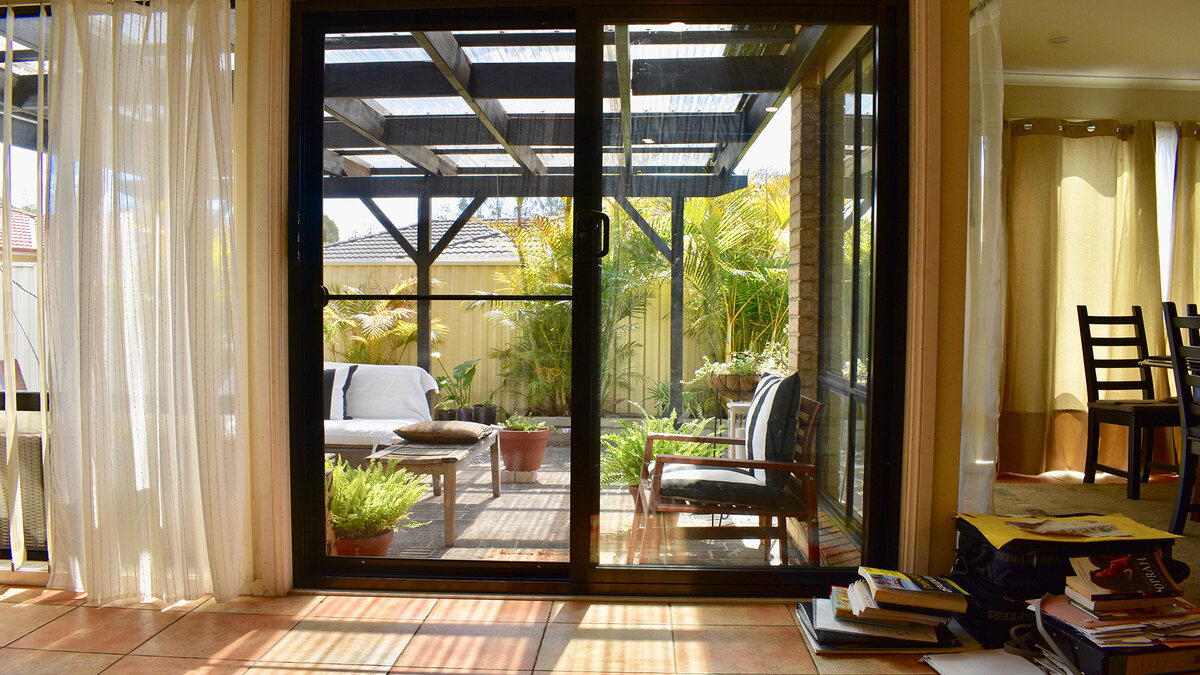

Interior Design Trends
How To Insulate Sliding Glass Doors
Modified: February 28, 2024
Learn how to effectively insulate sliding glass doors to keep up with the latest interior design trends. Improve energy efficiency and enhance your home's aesthetic appeal.
(Many of the links in this article redirect to a specific reviewed product. Your purchase of these products through affiliate links helps to generate commission for Storables.com, at no extra cost. Learn more)
Introduction
Sliding glass doors are a popular feature in modern homes, offering a seamless transition between indoor and outdoor spaces while allowing natural light to flood the interior. However, these expansive glass panels can also be a source of energy loss, especially during extreme weather conditions. Inadequately insulated sliding glass doors can lead to heat loss in the winter and heat gain in the summer, resulting in increased energy consumption and higher utility bills.
To address these challenges and optimize the energy efficiency of your home, it's essential to understand the significance of insulating sliding glass doors effectively. By implementing the right insulation techniques, you can create a more comfortable living environment, reduce energy costs, and minimize the environmental impact of your household.
In the following sections, we will delve into the various types of insulation suitable for sliding glass doors, explore the step-by-step process of insulating these doors, and provide additional tips to enhance their insulation performance. Whether you're aiming to maintain a cozy interior during the winter or keep your home cool in the summer, insulating your sliding glass doors is a practical and sustainable solution that can significantly improve the overall comfort and energy efficiency of your living space.
Key Takeaways:
- Insulating sliding glass doors reduces energy loss, lowers utility bills, and creates a more comfortable living space by minimizing heat transfer and enhancing indoor temperature consistency.
- Weather stripping, insulating curtains, and regular maintenance are practical ways to insulate sliding glass doors and maximize energy efficiency while minimizing heat transfer and drafts.
Read more: How To Insulate A Sliding Glass Door
Understanding the Importance of Insulating Sliding Glass Doors
Insulating sliding glass doors is a crucial aspect of maintaining a comfortable and energy-efficient home environment. These expansive glass panels, while aesthetically pleasing and functional, can also pose significant challenges in terms of energy loss and temperature regulation. Without proper insulation, sliding glass doors can become conduits for heat transfer, leading to increased energy consumption and reduced indoor comfort.
During the colder months, uninsulated sliding glass doors can allow heat to escape from the interior, forcing heating systems to work harder to maintain a comfortable temperature. This inefficiency not only results in higher energy bills but also places unnecessary strain on heating equipment. Conversely, in warmer climates, inadequately insulated sliding glass doors can permit heat to infiltrate the interior, causing air conditioning systems to operate more frequently and consume additional energy.
By effectively insulating sliding glass doors, homeowners can create a thermal barrier that helps to minimize heat transfer, thereby reducing the workload on heating and cooling systems. This, in turn, leads to lower energy consumption, decreased utility costs, and a reduced carbon footprint. Additionally, proper insulation can contribute to a more consistent indoor temperature, enhancing overall comfort and creating a more sustainable living environment.
Beyond energy efficiency, insulating sliding glass doors also plays a vital role in sound insulation. Well-insulated doors can help minimize external noise infiltration, creating a quieter and more peaceful indoor setting. This is particularly beneficial for homes located in busy urban areas or near high-traffic zones.
Furthermore, insulation can contribute to the longevity and performance of sliding glass doors. By reducing the impact of external temperature fluctuations, insulation helps to mitigate potential condensation and moisture buildup, which can lead to mold growth and structural damage over time.
In essence, understanding the importance of insulating sliding glass doors goes beyond mere energy savings. It encompasses the creation of a more comfortable, sustainable, and resilient living space that aligns with modern environmental and lifestyle considerations. By prioritizing insulation, homeowners can enhance their living experience while making a positive impact on energy conservation and environmental sustainability.
Types of Insulation for Sliding Glass Doors
When it comes to insulating sliding glass doors, there are several effective methods and materials that can be utilized to enhance energy efficiency and indoor comfort. Each type of insulation offers unique benefits and considerations, allowing homeowners to choose the most suitable option based on their specific needs and preferences. Here are some common types of insulation for sliding glass doors:
1. Weather Stripping:
Weather stripping is a versatile and cost-effective insulation solution for sealing gaps and preventing air infiltration around sliding glass doors. It typically consists of durable materials such as rubber, foam, or silicone, which are applied to the door frame and sash to create a tight seal when the door is closed. Weather stripping helps to minimize drafts, reduce heat loss, and improve overall energy efficiency. It is available in various styles, including adhesive-backed foam tape, V-seal weather stripping, and compression weather stripping, offering flexibility in addressing different types of gaps and irregularities.
2. Insulating Curtains or Drapes:
Insulating curtains or drapes can serve as an effective barrier against heat transfer and outdoor elements. These specialized window treatments are designed with insulating properties, featuring multiple layers of fabric, thermal lining, or reflective materials to provide enhanced insulation for sliding glass doors. By closing the curtains during extreme temperatures, homeowners can create an additional thermal barrier, reducing heat loss in winter and minimizing heat gain in summer. Insulating curtains also offer the added benefit of enhancing privacy and controlling natural light levels.
3. Window Film:
Window film, particularly low-emissivity (low-E) film, can significantly improve the thermal performance of sliding glass doors. Low-E window film is designed to reflect infrared heat while allowing visible light to pass through, effectively reducing heat transfer and UV radiation. By applying low-E film to the glass panels of sliding doors, homeowners can enhance insulation, minimize solar heat gain, and protect interior furnishings from sun damage. Additionally, some window films offer privacy and decorative features, adding aesthetic value to the doors while improving energy efficiency.
4. Insulating Panels:
Insulating panels, also known as thermal or energy panels, provide an additional layer of insulation for sliding glass doors. These panels are typically made of rigid foam or insulating fabric and can be installed over the glass surface to create a thermal barrier. Insulating panels are particularly beneficial for older or single-pane sliding doors that may lack sufficient insulation. They are available in various designs, including removable magnetic panels, sliding track panels, and temporary adhesive panels, offering a customizable and reversible insulation solution.
5. Foam Insulation Tape:
Foam insulation tape, also referred to as foam weather stripping, is a practical option for sealing gaps and improving the airtightness of sliding glass doors. This self-adhesive tape is made of resilient foam material that conforms to irregular surfaces, effectively sealing small gaps and preventing air leakage. Foam insulation tape is easy to install and can be applied to the door frame, sash, or between stationary and sliding panels to enhance insulation and reduce energy loss.
By exploring these diverse types of insulation for sliding glass doors, homeowners can make informed decisions to optimize energy efficiency, improve indoor comfort, and enhance the overall performance of their doors. Each insulation method offers unique advantages, allowing for tailored solutions that align with specific climate conditions, aesthetic preferences, and functional requirements. Whether it's weather stripping for sealing gaps, insulating curtains for thermal control, or low-E window film for solar protection, the array of insulation options empowers homeowners to create a more sustainable and comfortable living environment.
Steps to Insulate Sliding Glass Doors
Insulating sliding glass doors is a practical and effective way to enhance energy efficiency, improve indoor comfort, and minimize heat transfer. By following a systematic approach, homeowners can successfully insulate their sliding glass doors, creating a more sustainable and comfortable living environment. Here are the essential steps to insulate sliding glass doors:
-
Assess the Existing Insulation: Begin by assessing the current condition of the sliding glass door and its surrounding components. Check for any existing gaps, air leaks, or damaged weather stripping that may compromise the door's insulation performance. Identify areas where heat transfer or drafts are prevalent, as these will be the primary focus of the insulation efforts.
-
Clean and Prepare the Door Surface: Thoroughly clean the glass panels, door frame, and surrounding areas to ensure a smooth and debris-free surface for insulation installation. Remove any dirt, dust, or residue that may hinder the adhesion or effectiveness of the insulation materials. Additionally, inspect the door frame and hardware for any signs of wear or damage that may need attention before proceeding with insulation.
-
Apply Weather Stripping: Install or replace weather stripping along the door frame and sash to create a tight seal when the door is closed. Choose weather stripping materials that are suitable for the specific dimensions and design of the sliding glass door. Ensure that the weather stripping effectively seals gaps and prevents air infiltration, addressing any areas where heat loss or drafts are evident.
-
Install Insulating Curtains or Drapes: Consider adding insulating curtains or drapes to provide an additional layer of insulation for the sliding glass door. Select curtains with thermal properties and a proper fit to cover the door effectively. When closed, these insulating window treatments can help minimize heat transfer, enhance privacy, and contribute to the overall insulation of the door.
-
Apply Window Film: If applicable, apply low-E window film to the glass panels of the sliding door to reduce heat transfer and UV radiation. Follow the manufacturer's instructions for proper application, ensuring that the film is securely adhered and free of air bubbles. Window film can significantly improve the thermal performance of the door while allowing natural light to pass through.
-
Consider Insulating Panels: For additional insulation, consider installing insulating panels over the glass surface of the sliding door. These panels can provide a supplemental thermal barrier, particularly for older or single-pane doors that may lack sufficient insulation. Choose insulating panels that are compatible with the door's design and can be easily installed and removed as needed.
-
Seal with Foam Insulation Tape: Use foam insulation tape to seal any remaining gaps or irregularities around the door frame, sash, or between stationary and sliding panels. This self-adhesive tape conforms to surfaces, effectively sealing small gaps and preventing air leakage, further enhancing the door's insulation performance.
By following these steps, homeowners can effectively insulate their sliding glass doors, improving energy efficiency, reducing heat transfer, and creating a more comfortable indoor environment. Each insulation method contributes to the overall thermal performance of the door, allowing for tailored solutions that align with specific climate conditions and functional requirements. With proper insulation, sliding glass doors can effectively contribute to a more sustainable and energy-efficient home.
Read more: How To Fix A Sliding Glass Door
Additional Tips for Insulating Sliding Glass Doors
In addition to the fundamental insulation methods, there are several supplementary tips and considerations that can further enhance the insulation performance of sliding glass doors. These additional tips encompass practical strategies and maintenance practices aimed at optimizing energy efficiency, improving insulation durability, and ensuring long-term effectiveness. By incorporating these tips into the insulation process, homeowners can maximize the benefits of insulating their sliding glass doors.
1. Regular Maintenance:
Implementing a routine maintenance schedule for sliding glass doors is essential for preserving their insulation integrity. Regularly inspect the door components, including weather stripping, seals, and hardware, to identify any signs of wear, damage, or deterioration. Addressing minor issues promptly can prevent potential air leaks, drafts, or insulation degradation, ensuring that the doors maintain their energy-efficient properties over time.
2. Address Exterior Factors:
Consider the impact of external elements on the insulation performance of sliding glass doors. Factors such as landscaping, outdoor shading, and proximity to reflective surfaces can influence the door's exposure to heat, cold, and drafts. Strategically planting trees or installing exterior shading devices can help mitigate direct sunlight and thermal fluctuations, reducing the strain on the door's insulation and contributing to overall energy savings.
3. Utilize Draft Stoppers:
To further minimize air infiltration and drafts, consider using draft stoppers or door snakes along the base of the sliding glass door. These simple yet effective draft-blocking devices can prevent cold air from entering and warm air from escaping, complementing the insulation efforts and enhancing the overall thermal efficiency of the door.
Read more: How To Install A Sliding Glass Door
4. Professional Inspection and Upgrades:
Engage the services of a professional contractor or insulation specialist to conduct a comprehensive assessment of the sliding glass door's insulation performance. Experienced professionals can identify specific areas for improvement, recommend advanced insulation solutions, and ensure that the door meets the highest standards of energy efficiency and insulation effectiveness.
5. Consider Energy-Efficient Door Replacements:
For older or inefficient sliding glass doors that pose significant insulation challenges, consider upgrading to energy-efficient door models. Modern energy-efficient doors feature advanced insulation technologies, multi-pane glass designs, and enhanced weather sealing, offering superior thermal performance and long-term energy savings. Upgrading to energy-efficient doors can be a substantial investment in the overall energy efficiency and comfort of the home.
By incorporating these additional tips into the insulation process, homeowners can elevate the energy efficiency, insulation durability, and overall performance of their sliding glass doors. These practical strategies, when combined with effective insulation methods, contribute to a more sustainable, comfortable, and environmentally conscious living environment.
Conclusion
In conclusion, insulating sliding glass doors is a fundamental step toward creating a more energy-efficient, comfortable, and sustainable living environment. By understanding the significance of insulation and exploring the diverse types of insulation available, homeowners can effectively address the challenges of heat transfer, air infiltration, and energy loss associated with sliding glass doors. From weather stripping and insulating curtains to window film and insulating panels, the array of insulation options empowers homeowners to tailor their approach based on specific climate conditions, aesthetic preferences, and functional requirements.
The steps to insulate sliding glass doors provide a systematic guide for homeowners to enhance the thermal performance of their doors, ultimately reducing energy consumption, minimizing heat transfer, and improving indoor comfort. By assessing existing insulation, applying weather stripping, installing insulating curtains, and considering additional insulation methods, homeowners can create a more sustainable and energy-efficient home environment.
Furthermore, the additional tips for insulating sliding glass doors offer practical strategies and maintenance practices to maximize the insulation effectiveness and durability of the doors. From regular maintenance and addressing exterior factors to utilizing draft stoppers and considering energy-efficient door replacements, these supplementary tips contribute to long-term energy savings and insulation integrity.
In essence, insulating sliding glass doors goes beyond mere energy efficiency; it encompasses the creation of a more comfortable, sustainable, and resilient living space that aligns with modern environmental and lifestyle considerations. By prioritizing insulation and incorporating additional tips, homeowners can enhance their living experience while making a positive impact on energy conservation and environmental sustainability.
Ultimately, insulating sliding glass doors is a proactive investment in the energy efficiency, comfort, and environmental responsibility of the home. By implementing effective insulation methods, homeowners can enjoy a more comfortable indoor environment, reduce energy costs, and contribute to a greener and more sustainable future.
Frequently Asked Questions about How To Insulate Sliding Glass Doors
Was this page helpful?
At Storables.com, we guarantee accurate and reliable information. Our content, validated by Expert Board Contributors, is crafted following stringent Editorial Policies. We're committed to providing you with well-researched, expert-backed insights for all your informational needs.

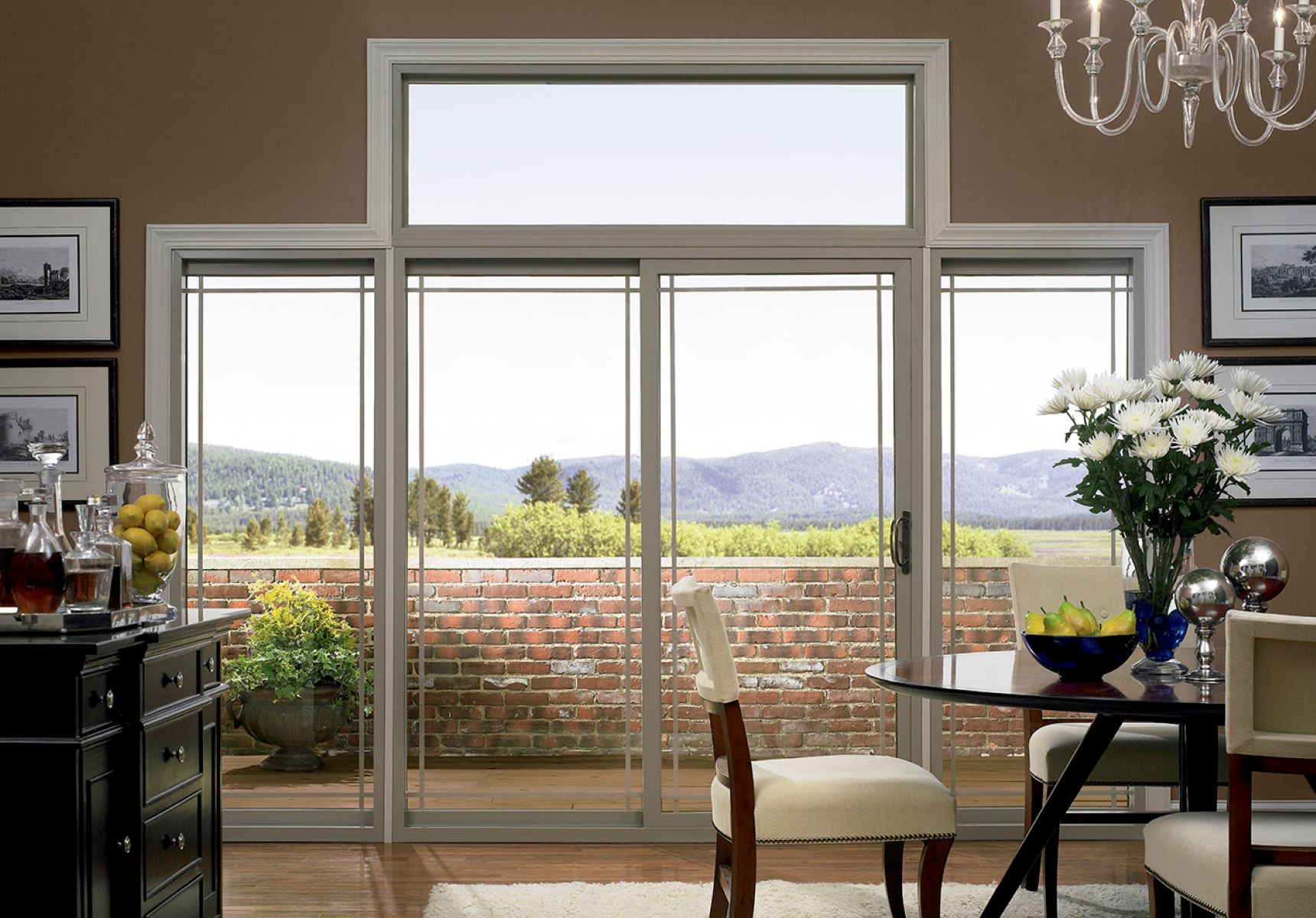
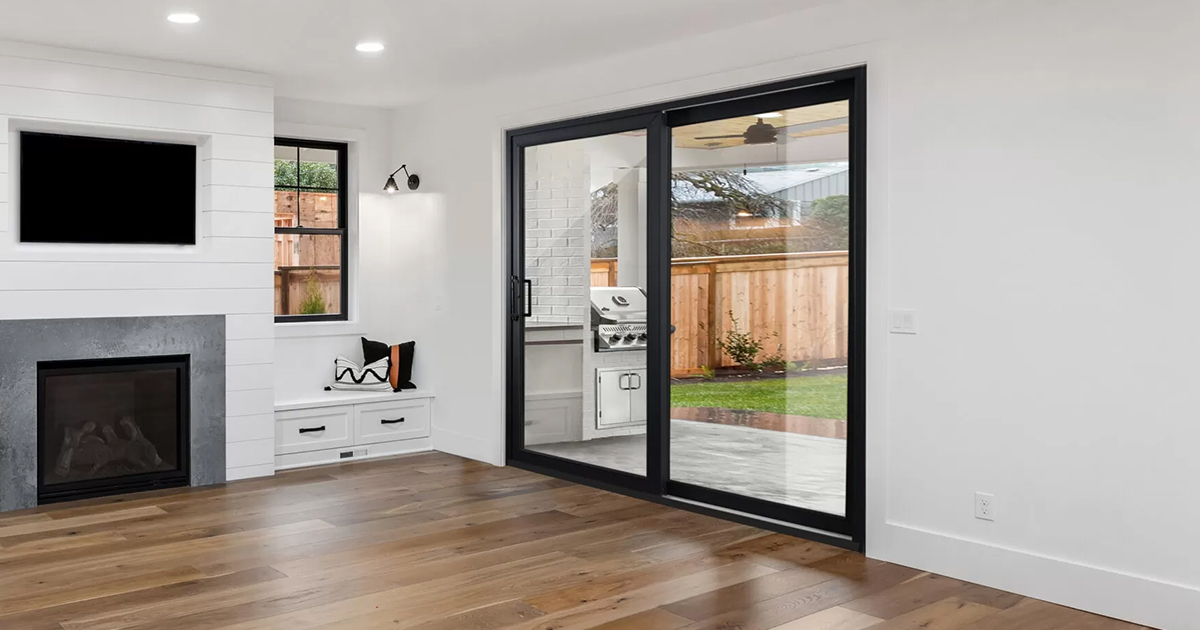
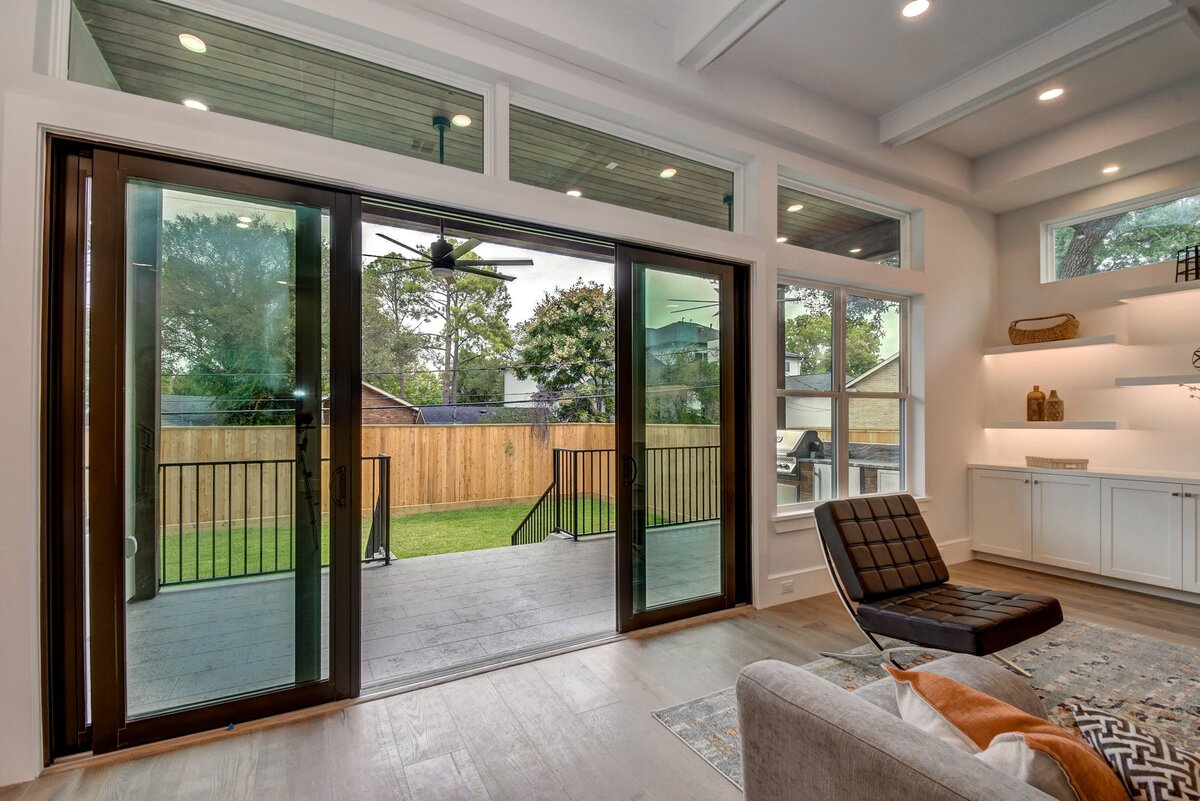
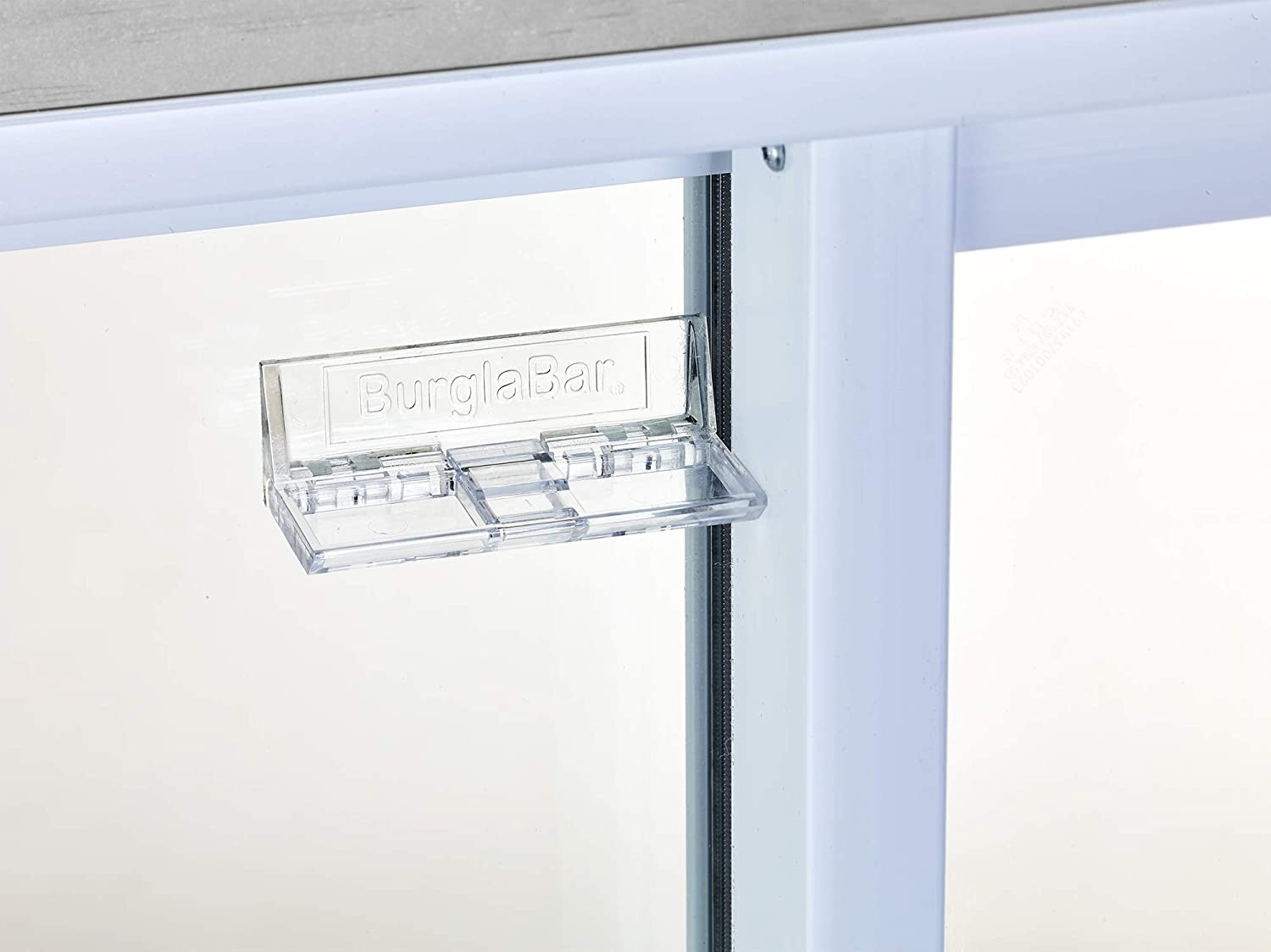
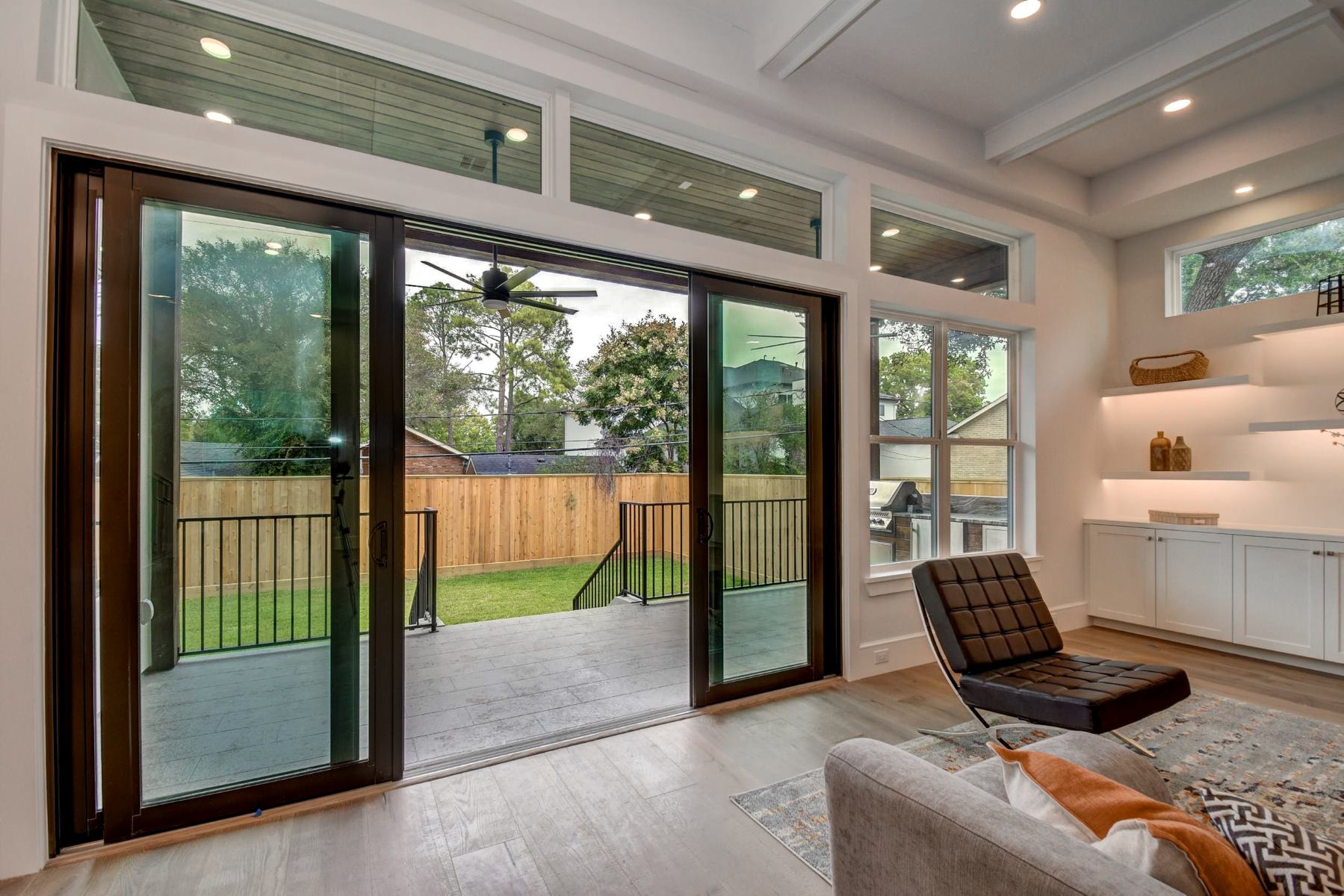
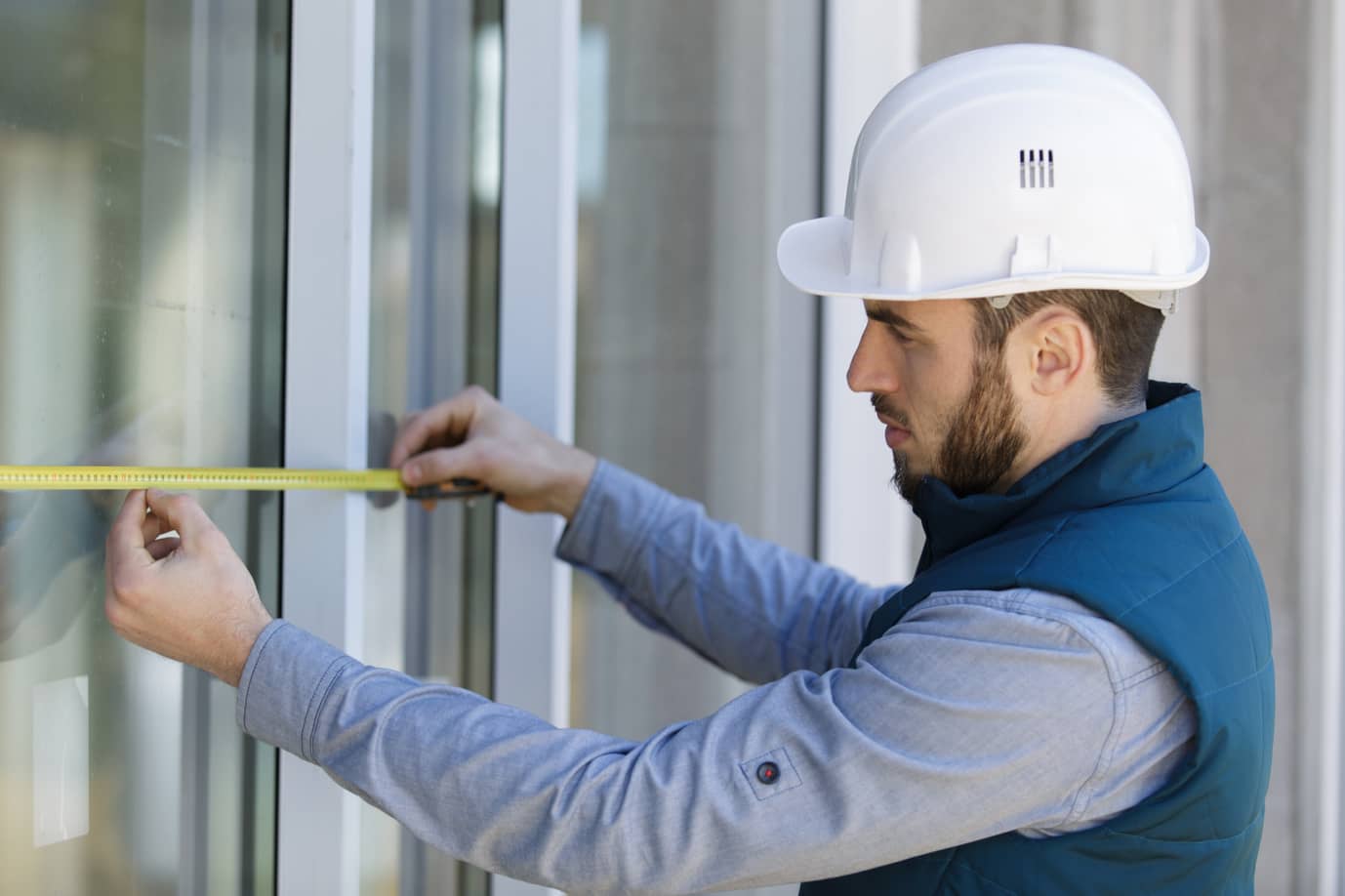
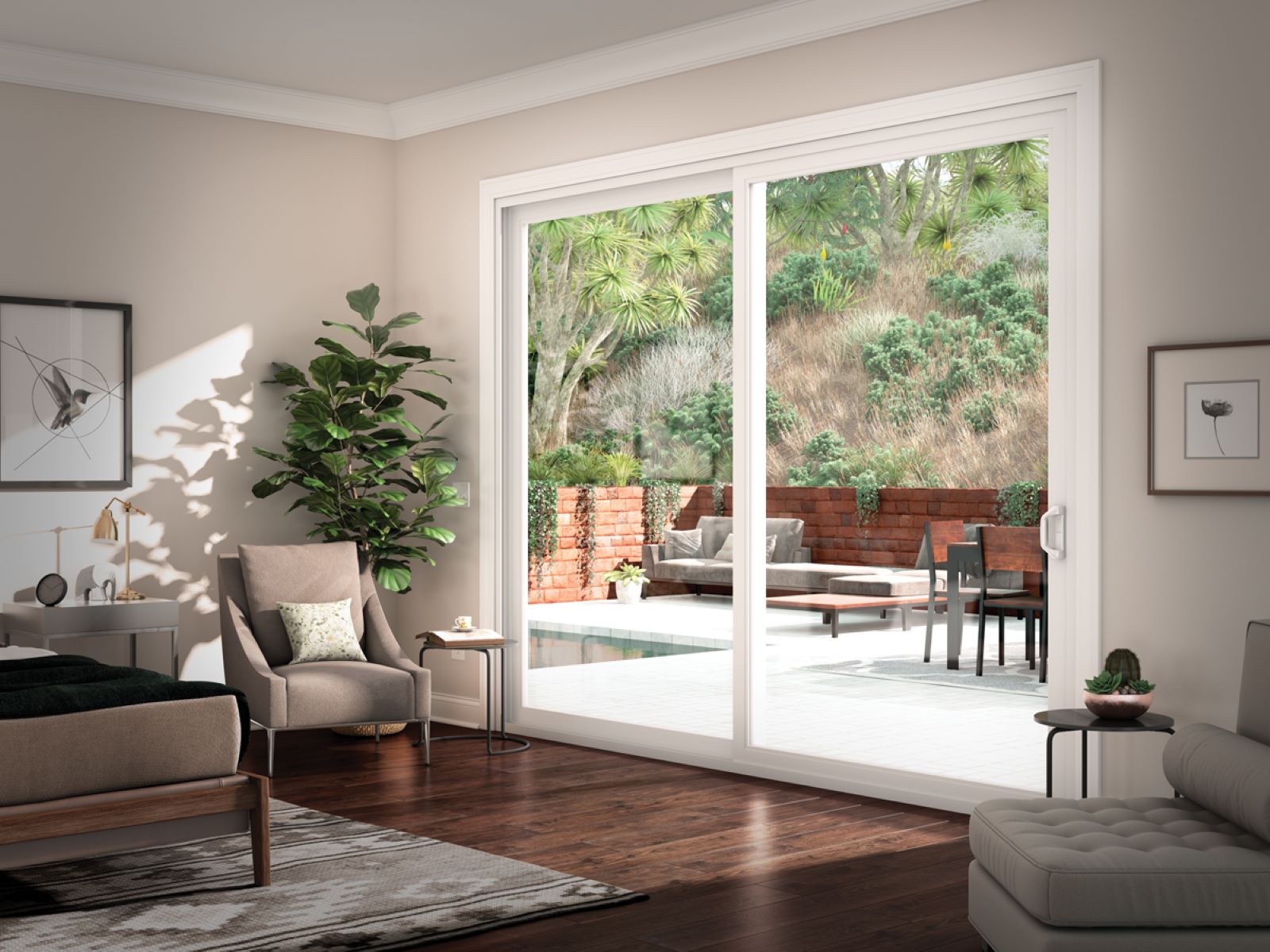
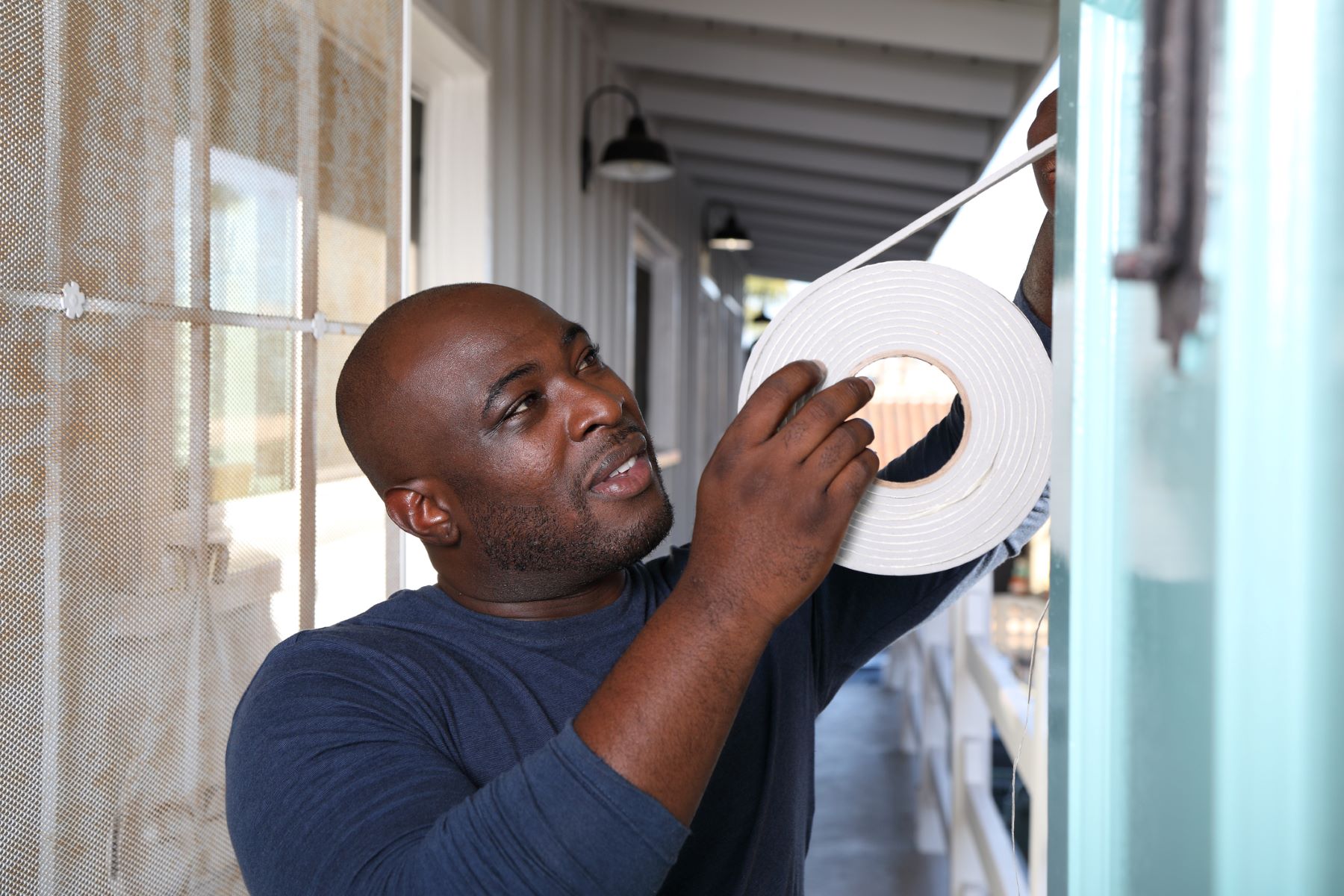
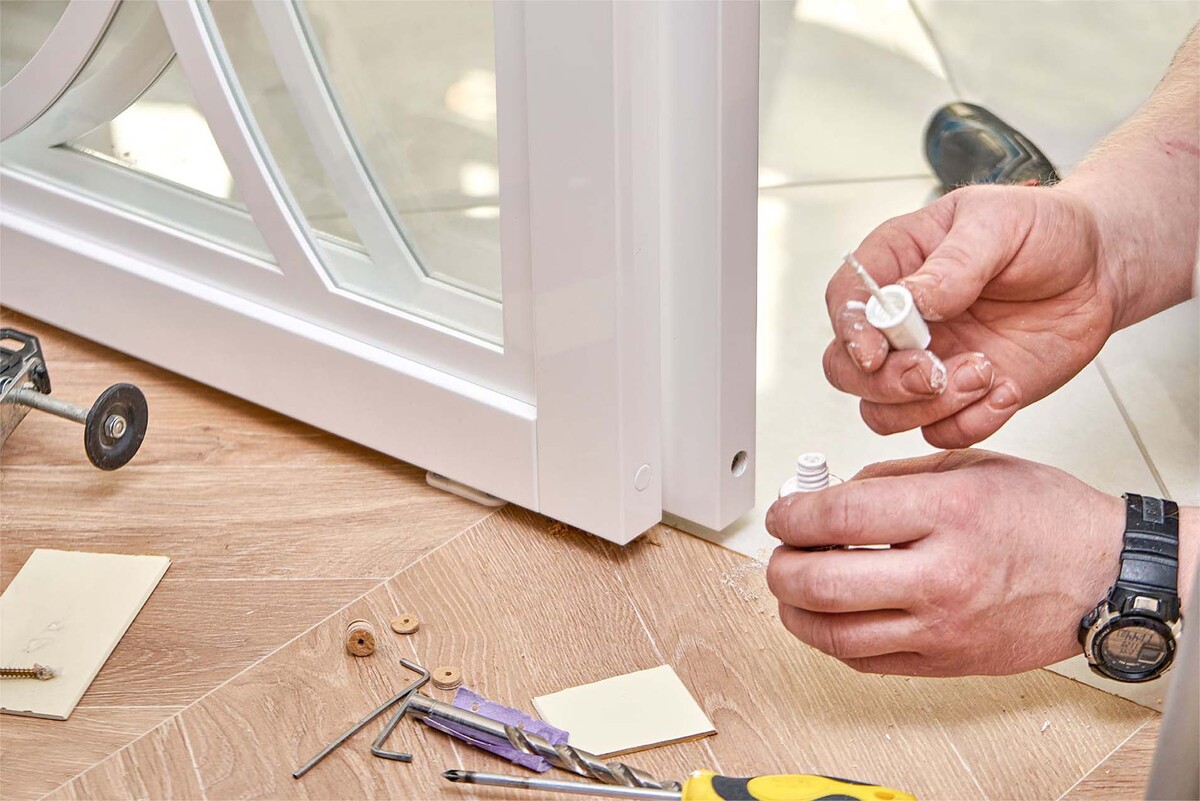
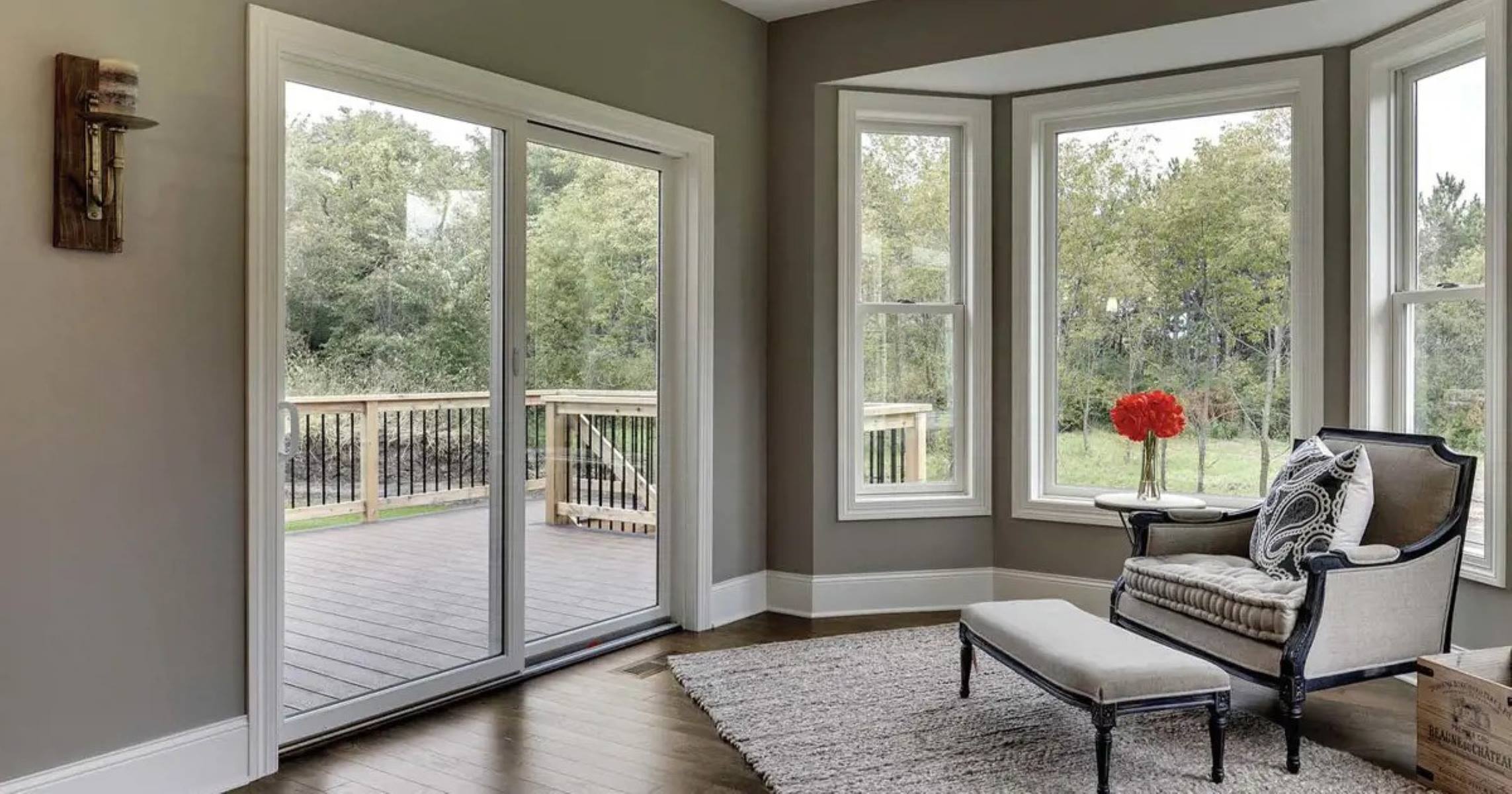


0 thoughts on “How To Insulate Sliding Glass Doors”